Engage CRM vs Salesforce: Which CRM Is the Best for Charities?
Compare Engage CRM and Salesforce Nonprofit Cloud to see which platform best supports charities in fundraising, data management, and donor engagement.
By
Aqsa Deen
・
5
mins read
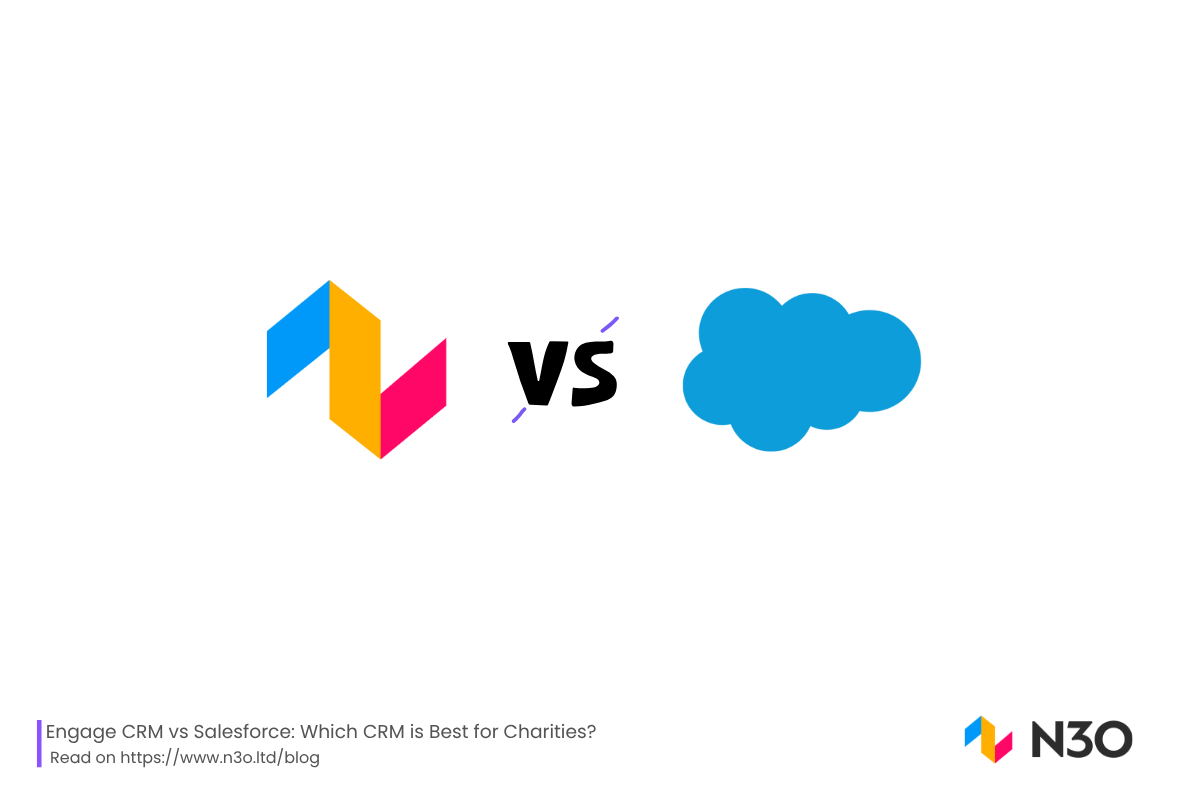
Compare Engage CRM and Salesforce Nonprofit Cloud to see which platform best supports charities in fundraising, data management, and donor engagement.
By
Aqsa Deen
・
5
mins read

Ask any charity leader who’s been through a CRM change, and you’ll hear the same story: the decision is never about features alone. It’s about balancing board expectations, limited budgets, staff who just want something simple, and the fear of locking the organisation into the wrong system for the coming years.
Decision makers are often faced with two very different options: generic CRMs that can be shaped to fit through customisation, or charity-specific systems that come ready with sector needs built in.
In this article, we compare Engage CRM, a charity-first solution, with Salesforce Nonprofit Cloud (NPSP), a widely known global platform, to help you decide which is the best fit for your organisation.
When you’ve sat across from charity leaders, fundraisers, and operations teams long enough, you notice patterns. The must-haves in a CRM aren’t about “nice-to-have” features; they’re about solving persistent, everyday challenges that stand between a charity and its mission. Here’s what consistently rises to the top:
In short, the right CRM for a charity isn’t about ticking off a features list - it’s about whether the system can handle the realities of fundraising, compliance, and supporter relationships without creating extra work for already stretched teams.
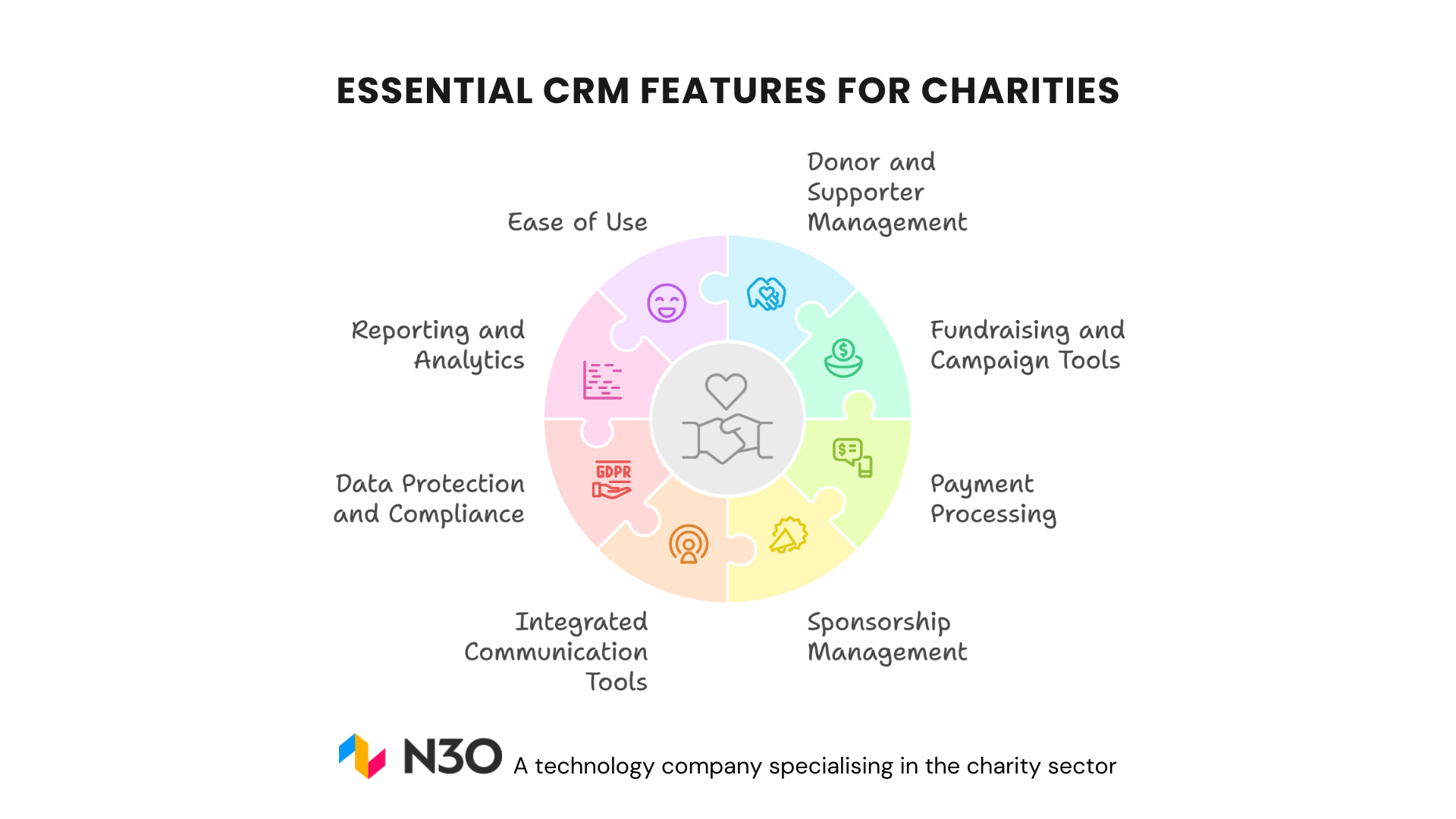
And this is where the real decision point emerges: do charities adapt a generic platform to fit these needs, or choose a system designed from the ground up with them in mind? Let’s look at Engage CRM vs Salesforce Nonprofit Cloud and how they stack up against charity expectations.
Engage CRM by N3O is purpose-built for charities, drawing on 20 years of sector experience to address the pain points decision-makers face daily.
Instead of relying on costly consultants or complex add-ons, Engage delivers fundraising, sponsorship, payments, donor management, and reporting in one seamless ecosystem. It combines sector-specific depth with simplicity that fundraisers, finance teams, and programme staff can adopt quickly, while transparent, scalable pricing ensures organisations of every size can access enterprise-grade capability without overspending.
Where platforms like Salesforce cast a wide net to cover more than a dozen sectors, Engage starts with the realities of nonprofit work.
Donation processing, automation, recurring gifts, Gift Aid, sponsorship management, and donor communications aren’t optional; they’re part of the core. That means charities don’t waste months (and budget) bending a generic system into shape just to manage the basics. With Engage, the groundwork is already done, so teams can focus on building relationships, not configuring software.
See how Engage CRM helped Action for Humanity with its donor management and streamlined operations.
Engage is shaped by 20 years of listening to charities complain about messy donation imports, incomplete donor data, missed Gift Aid claims, and poor supporter communication. These frustrations are addressed directly in its design.
For example, donations from websites or campaigns are automatically integrated into the CRM in real-time, with the correct fund categorisation at the source, thereby preventing manual data entry errors and reconciliation delays. This focus on solving real operational friction is what sets Engage apart. This is just one example of how Engage solves charity pain points on a daily basis.
And importantly, Engage doesn’t solve these problems by overwhelming charities with bloated functionality, as is the case with some CRMs that require IT specialists or expensive consultants to unlock. Engage strikes a balance: it delivers powerful tools like automated receipts, real-time fund visibility, custom workflows, and dynamic dashboards, but with usability that makes sense to fundraisers, finance teams, and programme staff.
Most charities manage Engage independently after onboarding, with one client comparing its simplicity to “booking a ticket online.” This ease of use drives adoption across teams, ensuring the CRM doesn’t just sit idle.
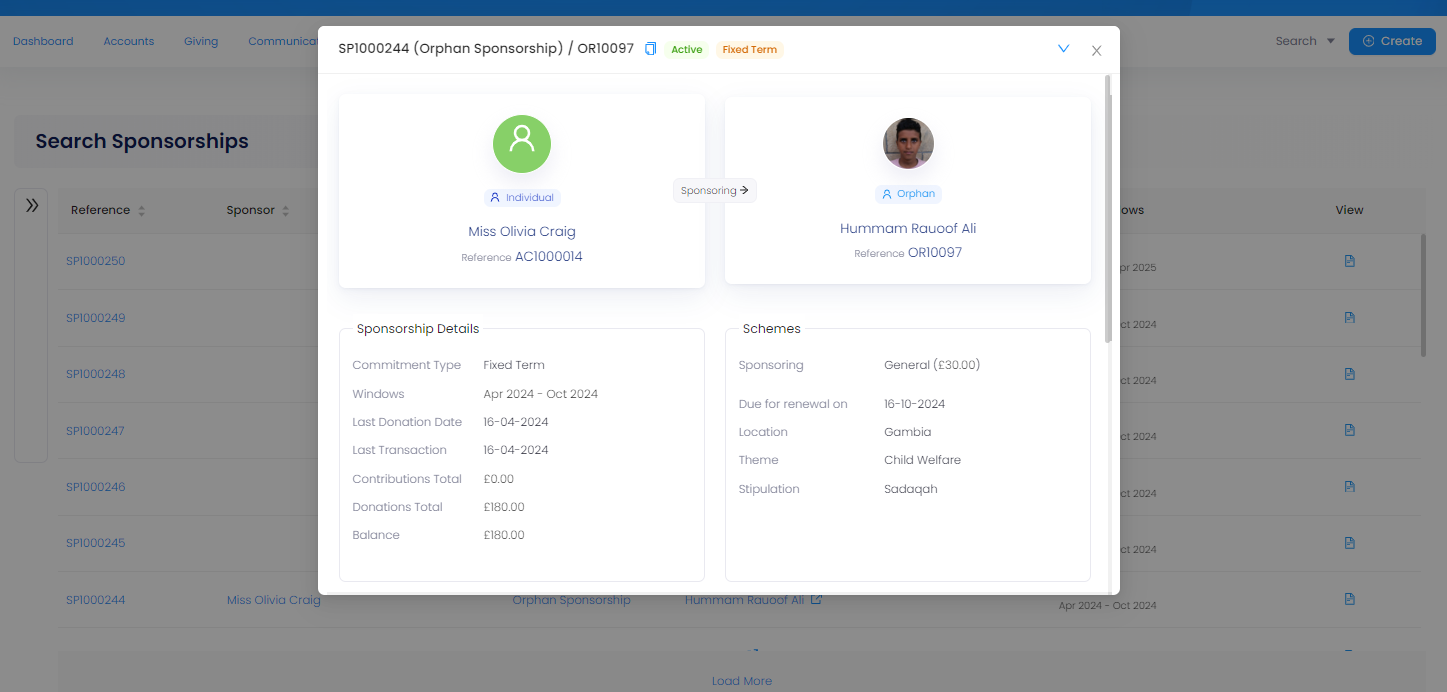
Too often, charities are pushed into a false choice: either settle for low-cost systems that don’t go beyond the basics, or take on enterprise platforms like Salesforce where the true expense comes later, through licenses, consultants, and endless add-ons.
Engage takes a different approach. Its pricing is transparent, modular, and designed to scale with a charity’s income. Smaller teams can tap into the same advanced tools as larger organisations, without being priced out. Many who’ve made the switch tell us they not only gained better functionality, but also cut their overall costs.
Moreover, many charities complain that with big CRMs, support is slow, generic, or dependent on third-party consultants. Engage offers a different experience: dedicated implementation support, workshops to configure workflows, training resources, and ongoing access to a responsive support team. Clients highlight that most queries are resolved within minutes, making them feel supported rather than stranded. This partnership approach extends beyond onboarding, giving charities confidence that they have a long-term ally in their technology journey.
Check our pricing here.
Most charities end up stitching together CRMs, donation platforms, email tools, finance systems, and spreadsheets, leading to siloed data and inconsistent supporter experiences. Engage eliminates this patchwork by integrating donation management, recurring giving, sponsorships, feedback flows, communications, and financial tracking into one platform.
One related common frustration charities raise is the constant duplication of donor records - the same supporter appearing multiple times after giving through different channels. Engage tackles this with intelligent auto-merge functionality, combining records in the background based on criteria set by the charity. The result: cleaner data, fewer admin headaches, and a single, reliable view of every supporter relationship.
For clients who use the Engage CMS and website, donation and sponsorship data flows directly into the CRM in real time, enabling seamless donor journeys and removing the need for costly third-party connectors.
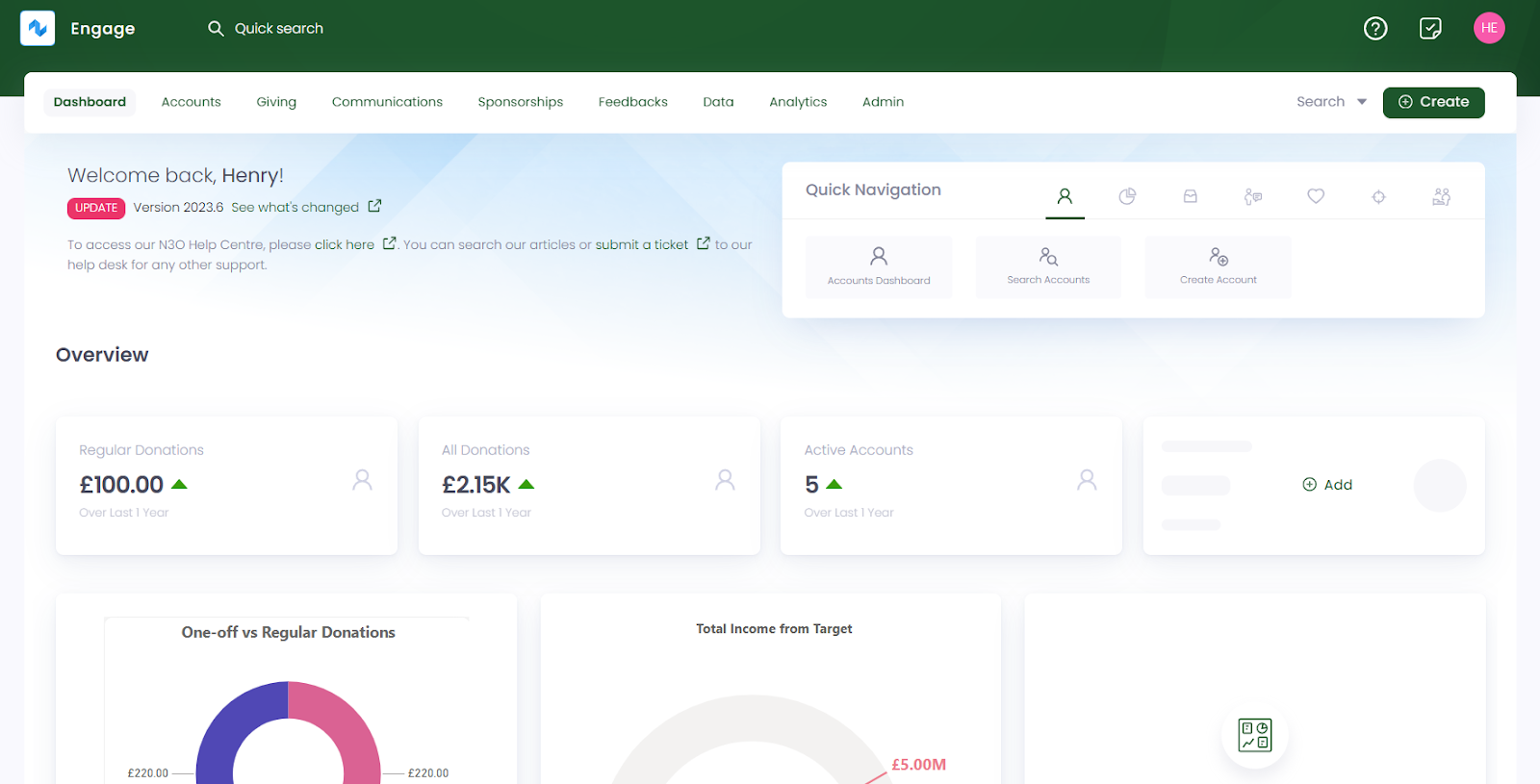
One of the biggest risks in choosing a CRM is ending up with a system that stagnates. Engage avoids this with a transparent, public roadmap that shows clients what’s coming. Updates are released regularly, not yearly, with many improvements driven directly by client feedback. This agility gives charities confidence that the system won’t fall behind their evolving needs, and that their voice influences the product’s direction.
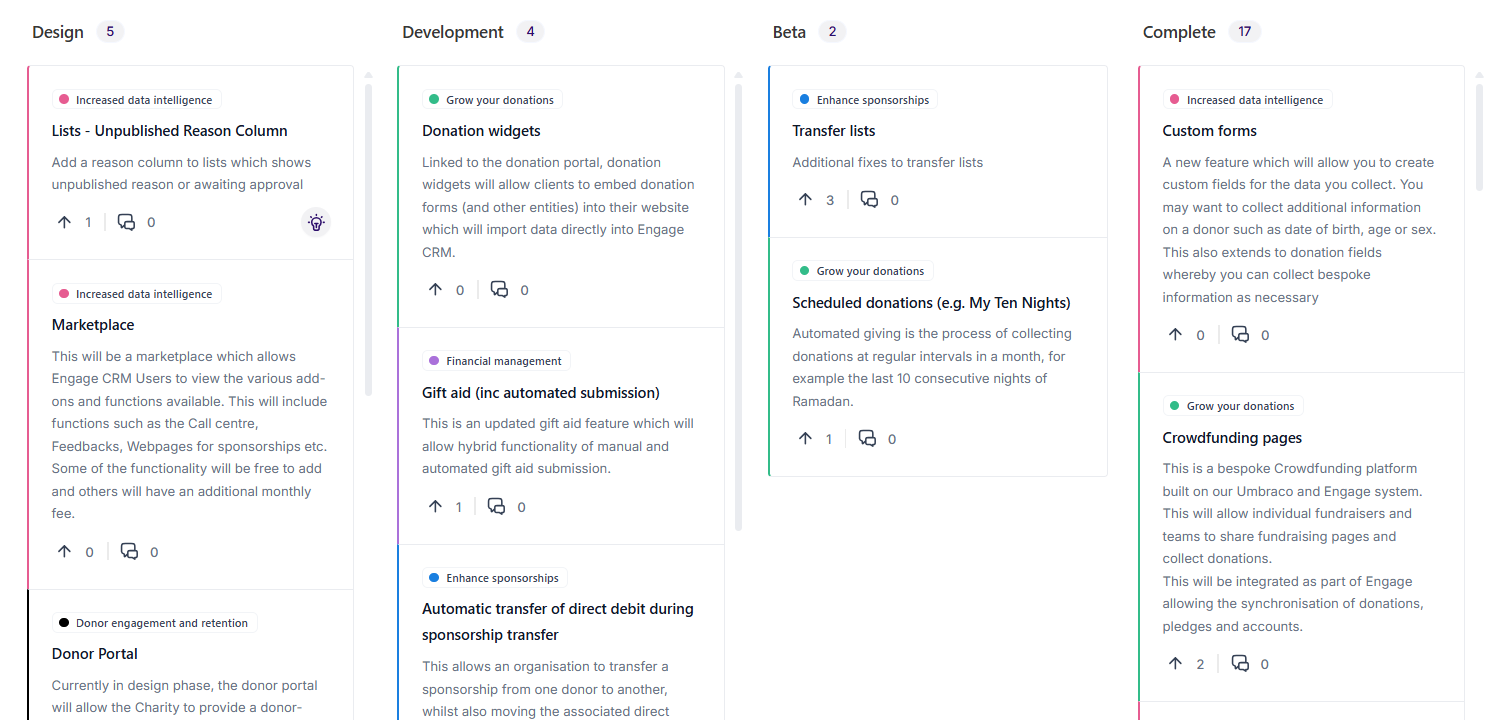
Unlike generic CRMs, where you can hire external consultants to build almost anything, Engage doesn’t support open-ended contracting for customisations. Instead, charities can request custom development directly from the Engage team as a paid option. While this ensures changes align with the product’s long-term roadmap and remain fully supported, it does mean less room for “DIY” modification compared to platforms like Salesforce.
Engage is not yet a comprehensive ERP system or a marketplace of third-party apps across all functions. Instead, the focus is on building a unified suite of core charity features, with new modules and integrations shaped directly by client feedback. For charities that need deep integration into niche or highly specialised tools, this may require some patience as the ecosystem evolves. On the other hand, many clients appreciate that the roadmap is driven by sector needs, rather than vendor partnerships.
This shared vision is reflected in the words of Youssef Farhat, Business Development Director of a leading charity, below.
”For the Muslim charity sector in particular, Engage is innovative, with customer service and after-care that’s spot-on and responsive. It’s refreshing to see an organisation like N3O continuously looking to improve, always self-reflecting and striving to get better.
I’d much rather partner with a company like that than one stuck in the same ways for years.”
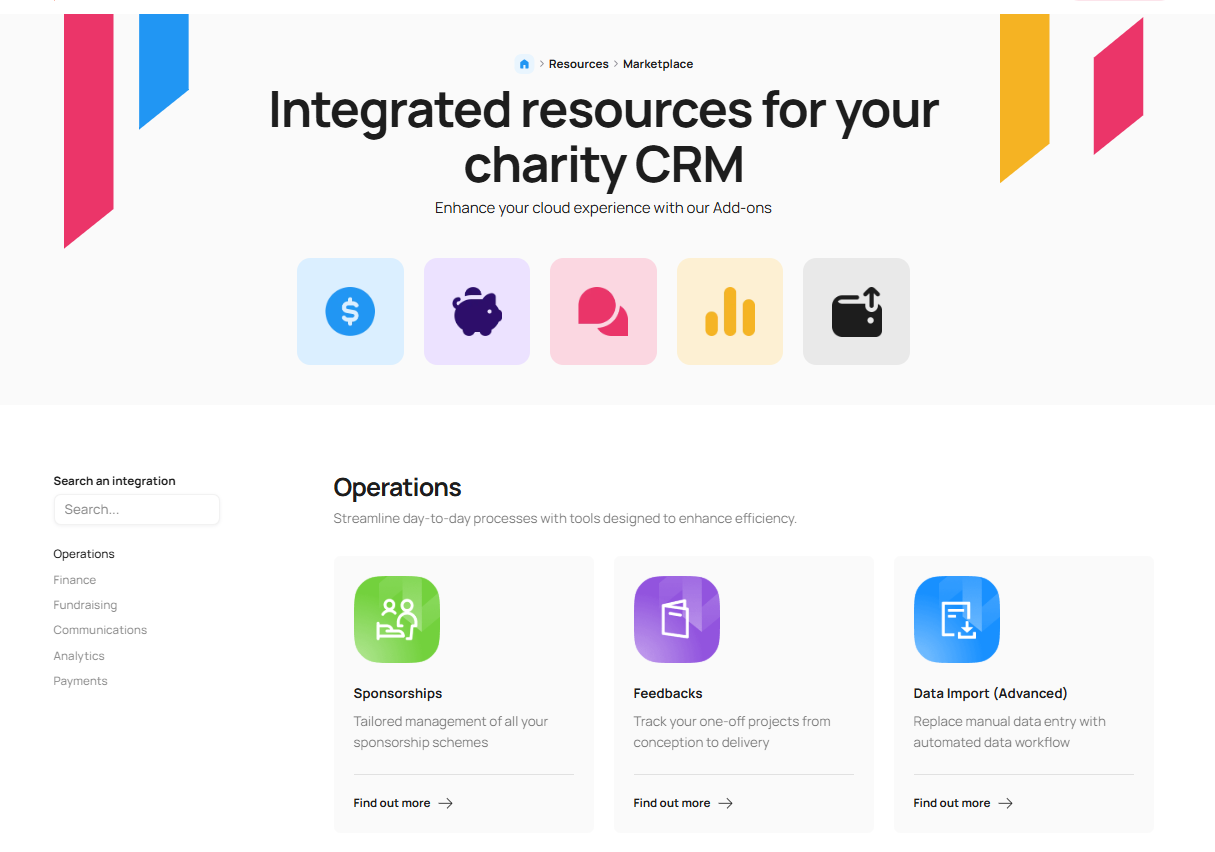
Salesforce is one of the most trusted and widely adopted CRM platforms. Founded in 1999, it has positioned itself as the world’s #1 CRM, with adoption across every major sector, from companies of all sizes.
Built as a highly flexible platform, Salesforce serves a broad range of industries, including financial services, healthcare, manufacturing, retail, technology, education, and more. It offers tools to manage sales pipelines and forecasting, deliver responsive customer service, run personalised marketing campaigns, and unlock real-time data for better decision-making.
Although Salesforce is not built exclusively for nonprofits, its flexibility makes it highly adaptable. Organisations can configure fields to capture donor-specific data such as volunteering history, event attendance, or legacy pledges. Automated workflows can streamline repetitive tasks, such as sending thank-you emails or updating donor records, thereby reducing administrative time and human error.
Custom reporting enables fundraising teams to track KPIs and pull insights unique to their strategies. Additionally, donation forms and integrations can be tailored to fit seamlessly into existing processes, making Salesforce a robust option for charities with complex or evolving needs.
One of Salesforce’s greatest advantages is its ability to integrate with a wide range of applications and platforms. Through its extensive AppExchange marketplace and APIs, charities can connect Salesforce with email marketing tools, project management platforms, CMS systems, or even social media channels.
These integrations make it easier to unify supporter data and reduce data silos. While many add-ons are free, some premium apps may involve significant additional costs, which charities need to factor into long-term budgets.
To make its platform more accessible, Salesforce offers eligible charities and educational institutions up to 10 donated licenses through its Power of Us programme. Additional licenses and products are also available at a discount.
The programme involves a structured application process, including proof of charitable status. Once approved, organisations gain access to enterprise-grade technology at a fraction of the cost. For small and medium-sized charities, especially, this can be an entry point to world-class CRM tools without breaking their budget.
Beyond the software itself, Salesforce provides value through its Trailblazer Community, a global network of users, experts, and peers. Charities can connect with others in their sector, share experiences, and troubleshoot challenges in real time.
The platform also offers opportunities for professional development through learning resources, user stories, and peer-to-peer knowledge exchange. For smaller teams without in-house specialists, having access to this kind of collaborative ecosystem can be an invaluable support system.
Although Salesforce markets a nonprofit edition, many users describe it as the same sales-driven platform with a few sector tweaks added on. This means workflows for fundraising, Gift Aid, or sponsorship often feel clunky and unintuitive. Nonprofits sometimes end up working around the system rather than benefiting from processes designed with their realities in mind.
While Salesforce is highly customisable, nonprofits often find that core functions don’t work out of the box. Configuring the system usually requires outside consultants, whose fees quickly add up. Salesforce consultant rates in the U.S. typically range from $75 to $100 per hour for junior consultants to $150 to $300 for senior experts. In the UK, the median daily rate is around £500. Rates can vary widely depending on experience, location, and market demand.
Even once live, organisations report that keeping the system running smoothly demands considerable staff time, from managing data clean-up to staying on top of updates and integrations. For smaller charities, this combination of consultant costs and ongoing internal workload can make Salesforce an expensive long-term commitment.
The 10 free licences provided through the ‘Power of Us’ programme come with limited functionality. For larger organisations needing more users or advanced features, this quickly becomes restrictive.
As soon as you require additional licences or custom features, costs begin to rise, and these are not always as transparent upfront as with Engage CRM pricing. Without clear visibility of these expenses from the start, charities risk facing unexpected budget overruns that can be difficult to manage later on.
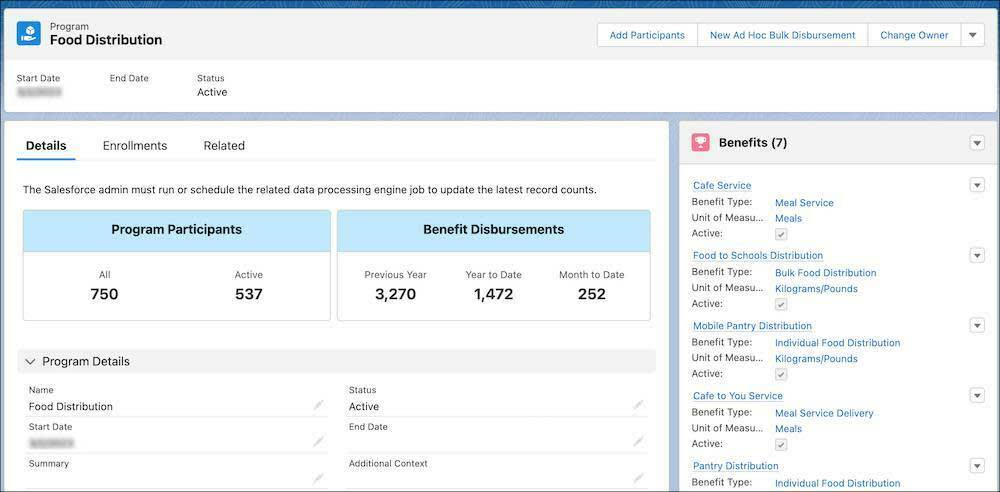
Salesforce is powerful but can be overwhelming for smaller teams. Reviewers mention the steep learning curve, confusing interface and need for technical staff. Without dedicated expertise, many charities can only use a fraction of the system and get frustrated with low adoption among staff.
A primary concern with Salesforce in this regard is the poor UI/UX. Users describe the system as complex, cluttered and hard to use, especially for non-technical or first-time users. Unlike other platforms you can pick up through exploration, Salesforce requires significant training or a consultant to get the basics set up and working smoothly.
Because of the high customisability of the platform, admins report that setting up and managing the system independently is hard. This lack of intuitive design means that organisations often face higher hidden costs in the form of onboarding, consultancy, and ongoing support.
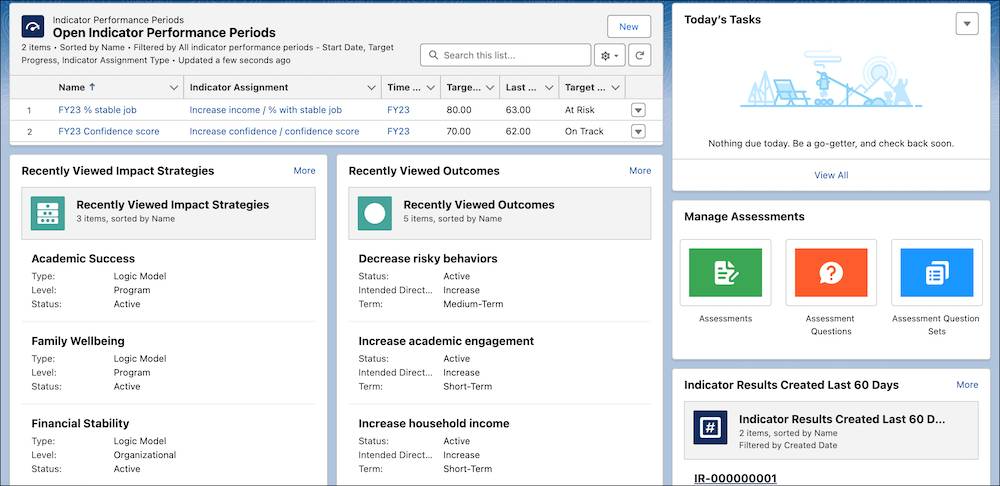
Choosing the right CRM is more about finding a system that fits your charity’s size, workflows, and long-term goals. Decision-makers should weigh factors like sector relevance, ease of adoption, total cost of ownership, flexibility, and ongoing support. A CRM should ultimately reduce admin, strengthen donor relationships, and give your team the confidence to focus on impact, not technology.
Get in touch for a demo focused on your charity's needs.